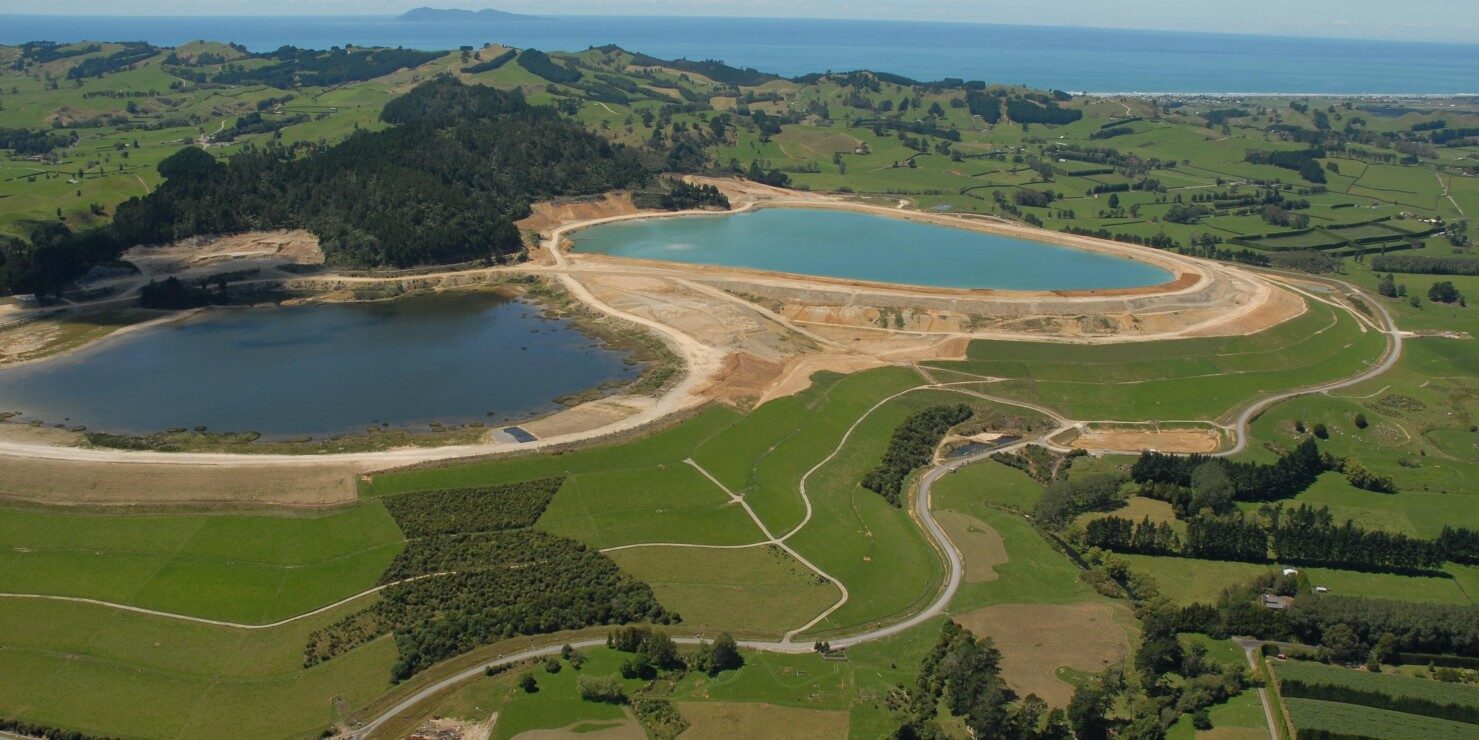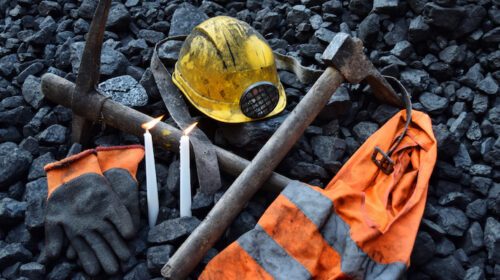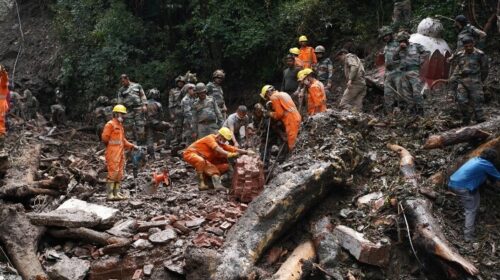UNEP launches new global industry standard for safe tailings management
This standard was developed through an independent review process (Global Tailings Review (GTR), following the tragic collapse of the Brumadinho tailings facility in Brazil, which resulted in the deaths of at least 250 people in January 2019.
“The global industrial standard on tailings management is an important step towards the ambition of zero harm to people and the environment from tailings facilities,” said the Director of the Economics Division. from UNEP, Ligia Noronha, at the launch.
No harm to people and the environment
The standard reinforces current practices in the mining industry by integrating local social, environmental, economic and technical considerations. It covers the entire life cycle of tailings treatment facilities, from site selection, design and construction, management and monitoring, to closure and post-closure.
Equally, the standard sets the bar “very high” so that the industry achieves solid results “without causing any harm to people and the environment”. It elevates accountability to the highest organizational levels and adds new requirements for independent oversight.
This standard covers six key topics: affected communities, the integrated knowledge base; the design, construction, operation and monitoring of tailings treatment facilities; management and governance; emergency response and long-term recovery; public disclosure and access to information. These topics contain 15 principles and 77 specific verifiable requirements with which operators must comply.
UNEP intends to support governments wishing to integrate and develop this standard in their national or state legislation and policies.
Likewise, the Promoters for Responsible Investment (PRI), which represents $ 103.4 trillion in assets under management, hope to expand investor expectations to support all mining companies in implementing the standard.
In this perspective, member companies of the International Council on Mining and Metals (ICMM) will help implement the standard through a membership framework, which includes strong site validation and third-party assessments.
It should be noted that the President of the Journal has launched an appeal for the standard to be supported by an independent body that will be able to maintain its quality and refine and strengthen it over time. To this end, UNEP will continue to engage in dialogue with other interested stakeholders to explore possible solutions.





